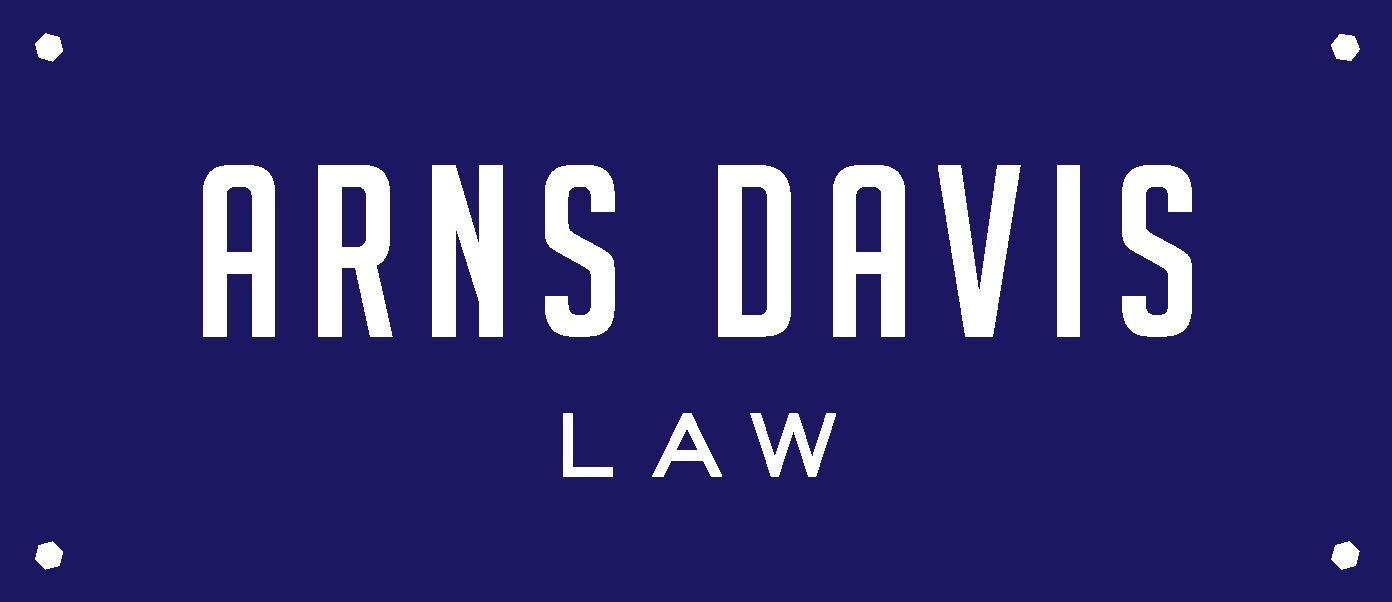Settlements in Class Actions: How Distributions Are Calculated
Class action lawsuits give everyday people the power to stand up against corporations when misconduct affects large groups of individuals. Instead of filing separate lawsuits, class members combine their claims into one case. This makes it possible to hold companies accountable while ensuring fair compensation for everyone harmed.
A common question we hear from clients is: “How are class action settlements divided?” Understanding the payout process can help you know what to expect and why distribution is structured the way it is.
How Class Action Settlements Work
When a class action lawsuit settles, the defendant agrees to pay a lump sum known as the Settlement Fund. This amount is negotiated by plaintiffs’ attorneys but must be approved by the Court. Judges review settlements carefully to ensure they are fair, reasonable, and adequate.
Before distributions are made, court-approved attorney fees and administrative costs (like notifying class members and processing claims) are deducted. The remaining money is then distributed among eligible class members, including the court-appointed class representative(s), who may receive a modest service award for their added responsibilities.
Factors That Affect Settlement Distribution
Not every class member always receives the same payout. The way class action settlement payments are calculated depends on several factors:
Type of harm: Larger financial losses, wage violations, or physical injuries may result in higher compensation.
Size of the class: The more people involved, the smaller individual payments may be.
Proof of damages: Plaintiffs who provide documentation of greater losses often receive proportionally more.
Claims process: Some settlements require filing a claim form, while others issue automatic payments.
Common Distribution Methods in Class Actions
Courts use different systems to divide funds fairly among class members:
Pro rata (equal share): Everyone gets the same amount.
Tiered or weighted distribution: Payments vary depending on the level of harm suffered.
Point systems: Each claimant earns “points” tied to damages, which are later converted to dollar amounts.
Cy pres awards: If funds remain unclaimed, courts may direct them to nonprofits aligned with the lawsuit’s purpose.
Why Court Approval Matters
Courts must approve not only the total settlement but also how it’s distributed. This oversight prevents corporations from using unfair payout processes and ensures that class action settlements are both fair and transparent. Because of this oversight, class members can trust that:
Compensation reflects the harm suffered.
Distribution methods are applied consistently.
Administrative costs are monitored to keep more money in the hands of plaintiffs.
Key Takeaways
Class action settlements are structured to balance fairness and efficiency.
Every class member matters. Whether payouts are large or small, each person who participates strengthens the case against corporate misconduct.
Courts act as gatekeepers. Judges ensure that settlement amounts and distribution methods are fair, transparent, and consistent across the class.
Distribution isn’t “one-size-fits-all.” Payments can vary based on the harm suffered, the size of the class, and whether members provide documentation of damages.
Corporate accountability extends beyond the check. Beyond compensation, class actions often force companies to change harmful practices, creating broader protections for consumers and employees in the future.
Ultimately, class actions are about more than dividing money—they’re about justice at scale. Even if individual checks vary, the collective effort ensures corporations are held responsible, and everyday people have a real voice against powerful interests.
At Arns Davis Law, we guide clients through this process step by step, so you know what to expect and can feel confident that your rights are protected. If you think you’ve been harmed by corporate misconduct, contact us for a free consultation and learn how we can help.
